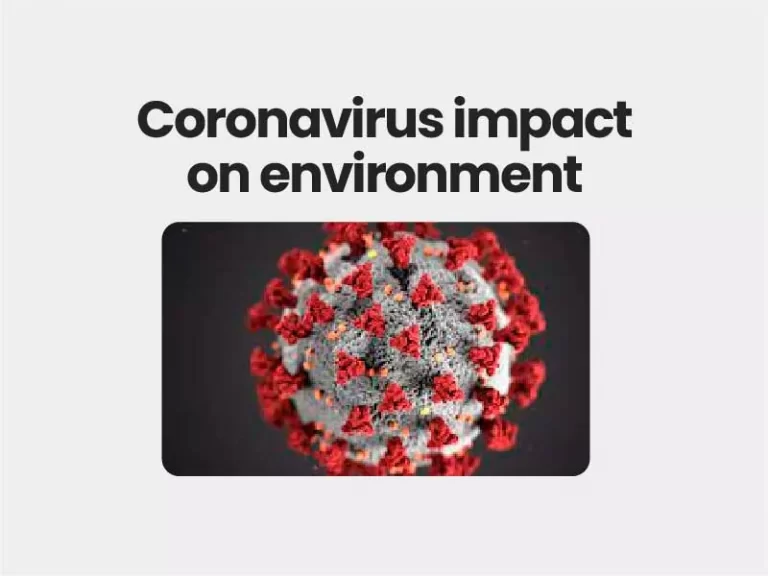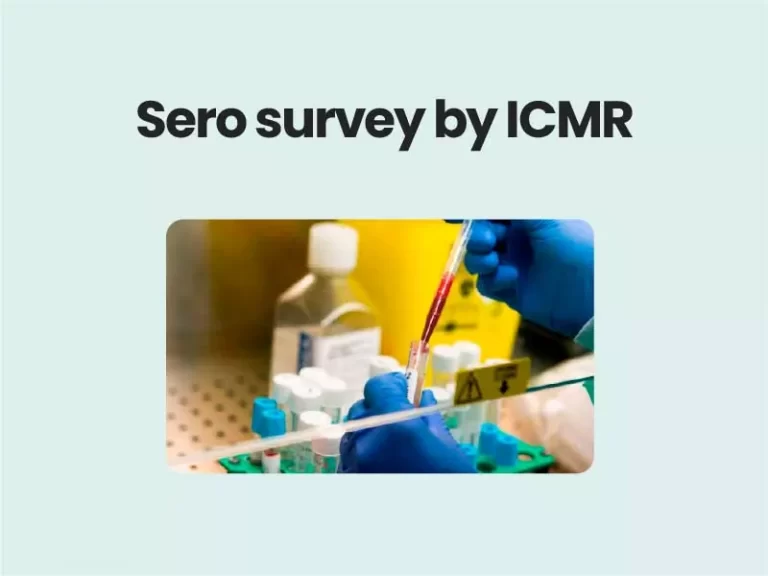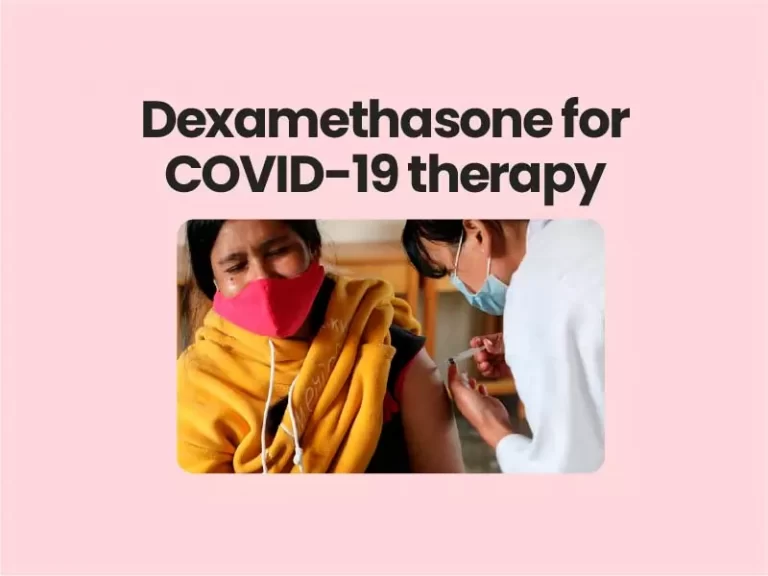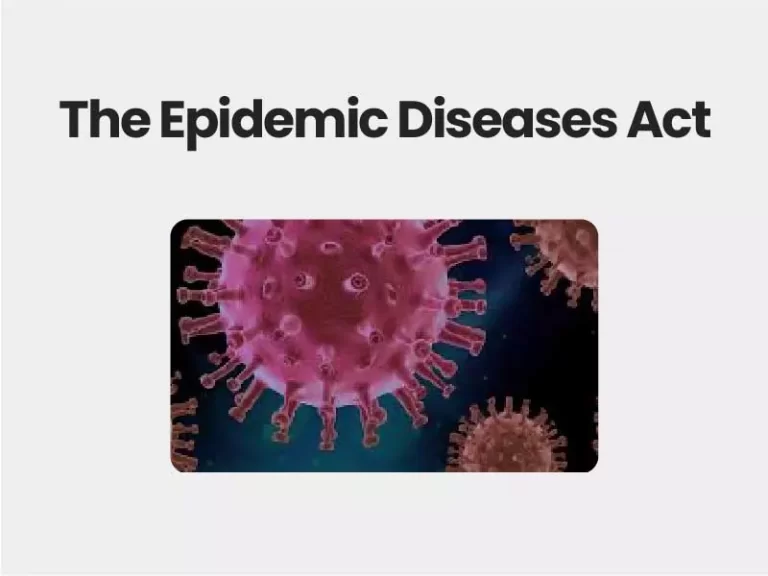Companion@360 → 7 Month programme to sharpen your writing skills → REGISTER NOW
PRAGYATA Guidelines on Digital Education

COVID-19 pandemic has disrupted normal life including school education. The spread pandemic has led to the closure of schools and has impacted over 240 million children of the country who are enrolled in schools. Extended closure of schools may have…








